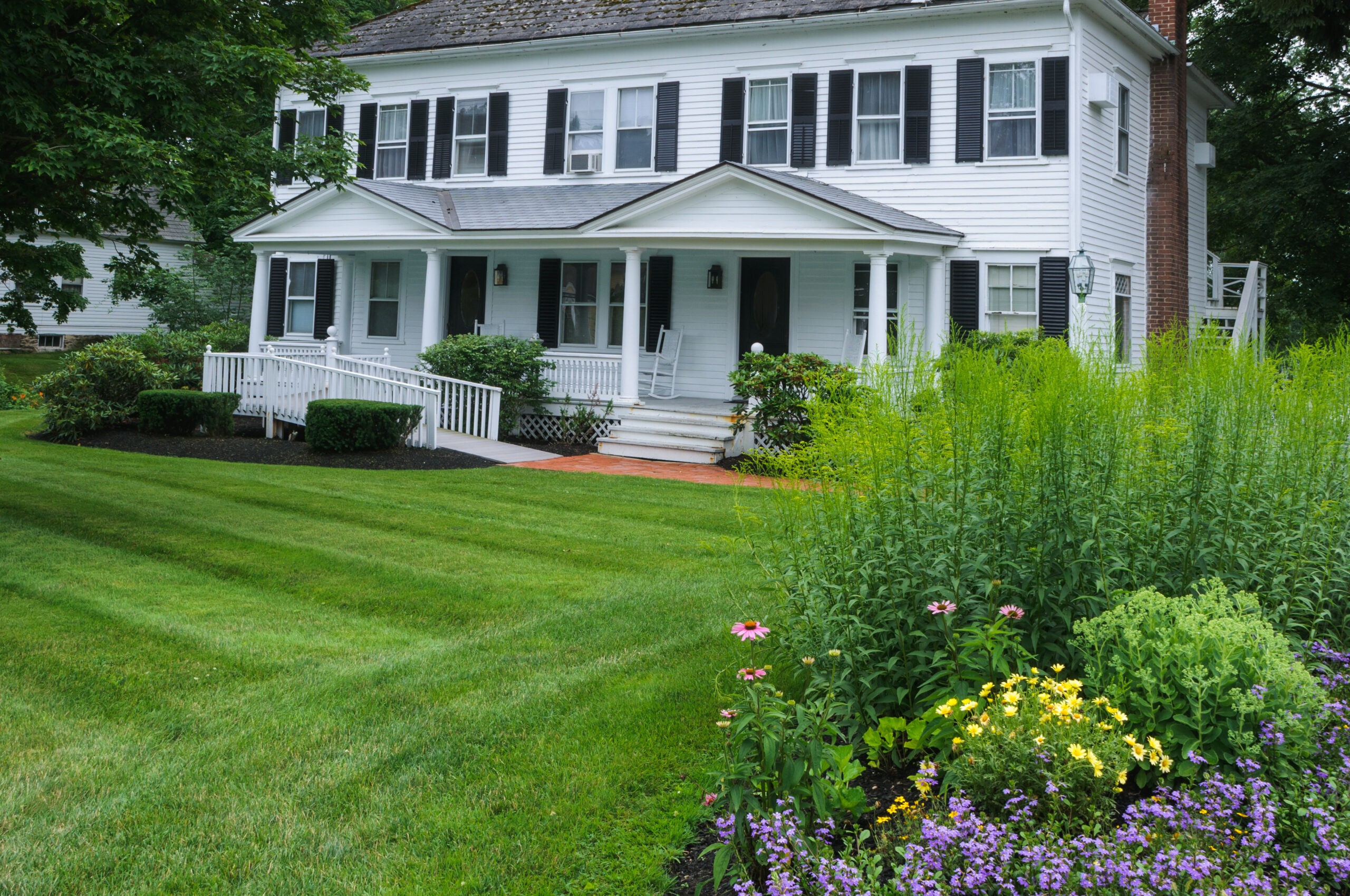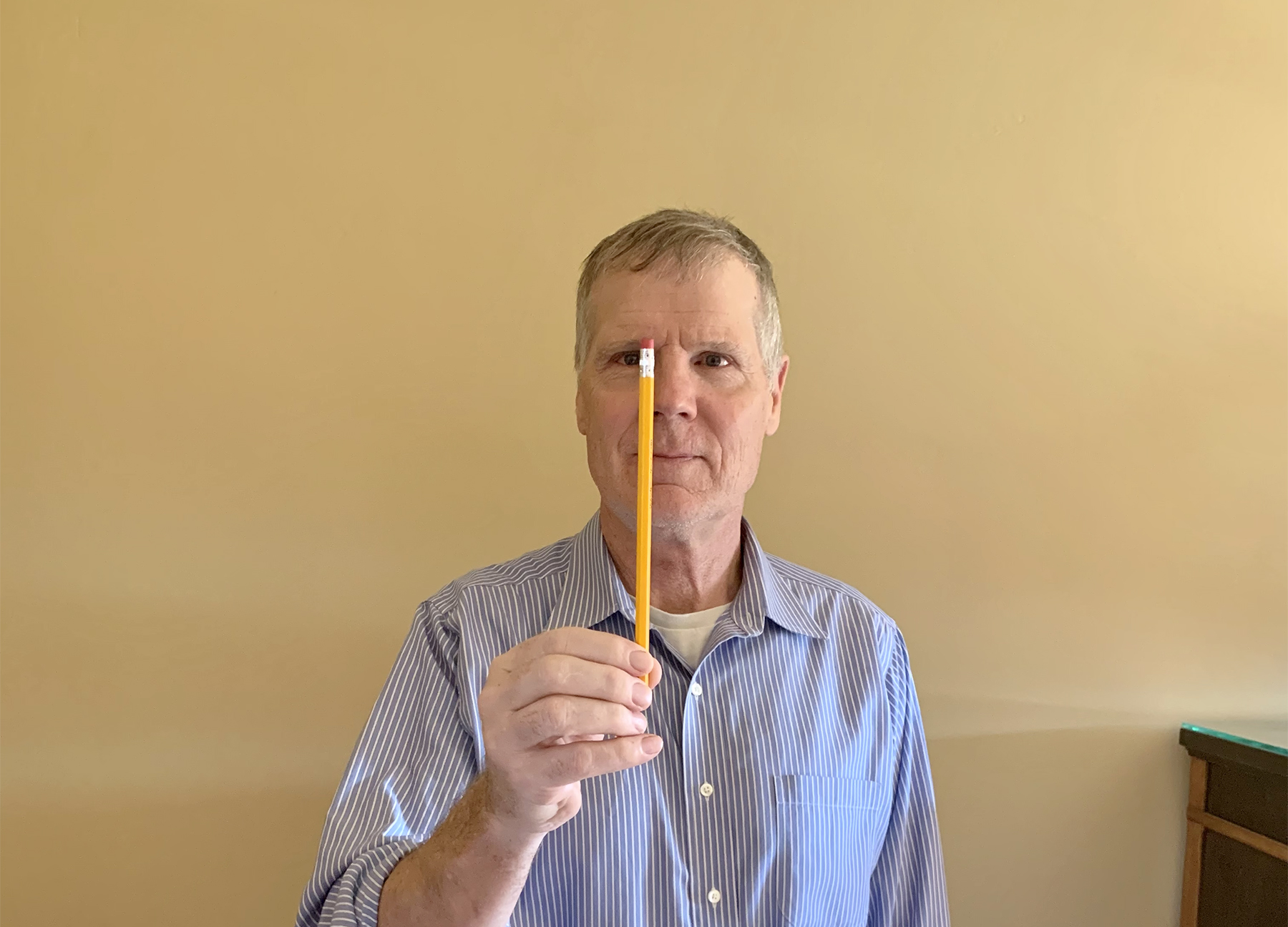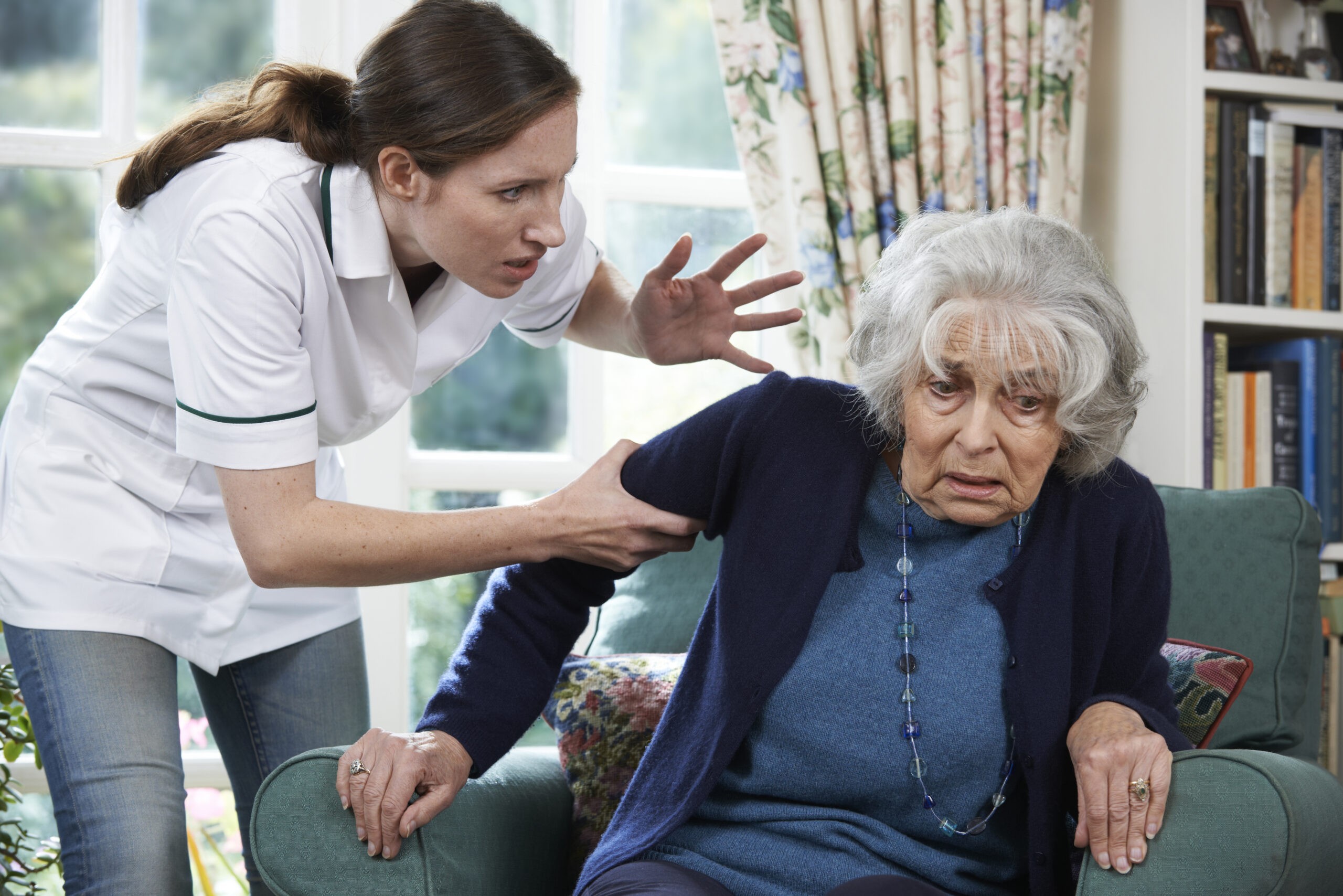
HOUSING AND AGING: CONSIDERATIONS FOR HOME AND NEIGHBORHOOD
The home and neighborhood are central to quality of life for people of all ages, but there are specific ways they can affect the well-being of older adults.

The home and neighborhood are central to quality of life for people of all ages, but there are specific ways they can affect the well-being of older adults. Housing costs have a direct impact on financial security in retirement and the funds available to purchase needed care and services. Equity in an owned home can provide opportunities to build wealth that can be drawn upon in later life, though decisions about how and when to access that equity can be complicated.
Meanwhile, the physical home influences people’s abilities to remain safe and independent if mobility and other physical or cognitive challenges arise. Homes may become a site for long-term care, which might mean new features that support caregiving are needed. Finally, proximity of housing to stores, services, and transportation shapes how easy or difficult it may be to engage in the community and meet needs for socializing, medical care, and more.
Whether you aim to remain in a long-time house or to move—a decision that is discussed later in this article—there are steps you can take to ensure your home meets current and potential needs and lifestyle preferences. This article sets out considerations related to one’s home and neighborhood and offers resources for more information and support.
Accessibility and Safety in the Home
Challenges with mobility—including walking and climbing stairs, as well as reaching, grasping, and stooping—increase with age. So, too, do difficulties with seeing, hearing, cognition, and self-care. As a result, many older adults have difficulty entering, navigating, and using features of their homes (such as bathrooms and kitchens), particularly people in their 80s and over.
Home modifications can help address the mismatch between residents’ needs and their homes, enabling people to use their homes fully and independently. They can also be important during temporary periods of mobility difficulty, such as post-surgery. Modifications include those that are relatively modest in scale, such as replacing door and faucet knobs with lever-style handles that are easier to grasp and turn, as well as large-scale additions that provide accessible bedrooms and bathrooms on a first floor.
Home modifications can also help prevent injury or even death. According to the CDC, falls among older adults led to over 3 million emergency department visits in 2019—most of these falls occurred at home. After a fall, many reduce their activities out of fear of falling again, which can result in a greater chance of another fall. Safety modifications can include relatively simple changes such as enhancing lighting, removing trip hazards, and adding grab bars in the shower. Maintenance, which can become more difficult with age, is also key to the prevention of injury.
Many people are concerned about the look of modifications for safety and accessibility—in particular, that they will appear institutional or clinical—but this need not be the case. For example, there are attractive towel bars and toilet paper holders for bathrooms that double as grab bars (anchored into the wall and able to withstand weight, which typical bathroom hardware cannot). Searching online for “universal design aging in place” can offer inspiration; universal design aims to create spaces and infrastructure usable by people of all ages, sizes, and abilities.
Today, technology may aid in home accessibility and safety, eliminating or minimizing physical modifications to the home. For example, smartphone apps can be used to change the thermostat, making it accessible from a wheelchair, which may be a better solution than having to physically visit the thermostat on a wall. Chairlifts might be an easier fix than adding a first-floor bedroom. However, any technology that relies on electricity and internet access can leave people vulnerable if those services go out, so it is wise to have a backup plan.
There are numerous checklists and guides available to consumers wishing to assess their homes for safety and basic accessibility, such as the AARP HomeFit Guide. These typically emphasize no-step entries into the home (including at the door vestibule), curbless showers, and spacious hallways and doors wide enough to accommodate a wheelchair if needed, among other recommendations. Aging-in-place specialists can help assess needs.
Making changes before they’re needed can save money, ensure that the home is ready in case of an emergency or recovery from surgery, and allow friends and relatives to visit one’s home more safely. Modifications can be done simultaneously when engaging in home remodeling or repair projects. For example, if a bathroom’s walls are open for plumbing repair, contractors can add blocking to the wall that will support grab bars, making their addition easier and less expensive at a later date.
While some safety measures and modifications cost little (such as removing trip hazards), others can be costly. Municipalities and states may offer support in the form of no-interest loans or grants to eligible households. Nonprofit organizations like Habitat for Humanity, Rebuilding Together, and CAPABLE (in select locations) can offer assistance with aging-in-place renovations and maintenance.
Renters may find it more difficult to make modifications for aging in place. Fair housing laws require landlords to allow reasonable accommodations for those with disabilities but typically do not cover the cost of modifications and may require that renters return property to its original state at the end of a lease. However, larger multifamily rental buildings are often more accessible to begin with, offering single-floor living and not requiring steps to enter the building or unit.
Housing Affordability
Housing costs—including rent or mortgage payment, utilities, and, for owners, insurance and property tax—represent a major household cost. In 2022, roughly a third of households headed by someone 65 or older paid over 30% of their income for housing—a standard measure of affordability—and half of these paid over 50%. Because incomes often decline in older age, the share of households paying more than 30% of their income for housing rises with age. Renters and owners who maintain a mortgage on their home are most likely to be in these situations, but so, too, are some owners who have paid off their mortgages but for whom the cost of property tax, insurance, and utilities exceeds 30 percent of income. Unaffordable housing leads to cutbacks in retirement savings, and, among those who are retired, lowers expenditures on food, out-of-pocket healthcare, and transportation.
For homeowners, housing equity can provide a source of funds with which to cover the costs of long-term care or home modifications. Financial decisions regarding accessing equity or mortgages (paying off or taking on, including a reverse mortgage) are best left to discussions with financial advisors. However, it is important to consider these in light of other housing costs that may arise, such as home modifications and major maintenance, as well as the costs of services and supports that might be needed for someone to remain in their home. Many of the resources for home modifications can also help with repairs and maintenance.
Services and Supports
As important as the physical home, services and supports that can help people stay in their homes need to be considered. These might include homemaker services—help with laundry, shopping, or yard work, for example—or personal assistance with bathing or dressing. According to the Administration for Community Living, older adults have nearly a 70 percent chance of needing some type of long-term care services for an average of three years.
If provided by paid providers, these services can be costly. The Genworth Cost of Care Survey allows users to identify the average cost of various services, including homemaker services, home health aides, adult day care, assisted living, and nursing home care by zip code. While it can be difficult to estimate what might be needed in the future, it’s a good idea to consider the potential cost of services that might be needed to remain in one’s home long-term. Medicare does not cover care provided in the home.
For those with low incomes, services and supports are available through government programs, typically through Medicaid; these vary by state and are not always entitlement programs and so budgets may be limited.
Information on services and supports at home in your area can be found at the Eldercare Locator. In addition, BenefitsCheckUp allows you to browse programs and benefits that you may be eligible for, including those related to health care, transportation, utility costs, and more.
Is Aging in Place the Right Decision?
Decisions about where to live require imagination of future needs and preferences. Aging in place in a longtime home—or even in a new home to which one moves—is a dynamic process. Needs will evolve over time, sometimes unpredictably, and preferences may change as well.
In addition to considerations about one’s home, the setting in which it is located is important as well. The availability of transportation alternatives to the private car may become important at some point. Opportunities to volunteer in the local community may be more relevant after retirement. Supportive services may be more plentiful in certain locations. For these reasons, it is important to consider not just what one’s community offers today but if it can provide desired amenities and programs in the future.
AARP’s Livability Index offers a way to compare communities along a number of key dimensions, including transportation alternatives, opportunities for engagement, and housing options. It is searchable by address, zip code, town, or state. For the best insight, look beyond the overall score to the scores on each of the dimensions of interest.
Another consideration in the 21st century is climate change. Older adults are more vulnerable to some of the effects of climate change, including extreme heat, but also wildfire smoke and mold and mildew in the aftermath of floods that can contribute to respiratory issues. Older people may also have greater difficulty evacuating in an extreme event and maintaining medical regimens during and after. Decisions about home and location should include an exploration of the risks and resources of one’s community, as well as the extent to which one’s home is as secure as possible against local and regional threats. When considering a relocation, property listings may indicate environmental risk.
Resources
The home and neighborhood matter. Ideally, they keep people safe, link them to community, and support health and well-being. The resources on the following page can help ensure that your decisions are informed and that where you live supports your goals.
Resources on safety at home, universal design, and home modification:
National Institute on Aging: Preventing Falls at Home: Room by Room
Resources, tips, and local resources for home modification can be found at the Home Modification Information Network.
When selecting an aging-in-place specialist or contractor, look for various certifications such as the Certified Aging-in-Place Specialist (CAPS) designation (offered by the National Association of Home Builders) and the Executive Certificate in Home Modification (USC Leonard Davis School of Gerontology).
Resources on services at home:
Resources on neighborhood livability:
Climate and environmental risk measures for specific properties and neighborhoods are available at various sites, including Realtor.com and climatecheck.com.
Project Director, Housing an Aging Society Program, Joint Center for Housing Studies of Harvard University

The home and neighborhood are central to quality of life for people of all ages, but there are specific ways they can affect the well-being of older adults.

When we think about fitness, the first thing that often pops into our heads is the idea of an elite athlete—a weightlifter, a marathon runner, an olympic gymnast. Although those people are incredibly fit, they are also at the veryfurthest end of the fitness spectrum.

We want to help people to stay fit
and active — at all ages across the
spectrum. We know there can be
many challenges to staying active as
we age, but the benefits are well
worth the effort.

It started with a burning sensation
in the back, and then a numbness in a foot. Random physical sensations that could have been explained away if they hadn’t come back worse over the next several days.

Have you ever wondered how your
digital assets are managed when
you are unable to manage them
yourself? What happens to all your
online accounts when you die?

Elder abuse is a problem that’s intensifying across the nation. Older adults often become vulnerable due to isolation, physical or mental disabilities, and dependence on others for assistance